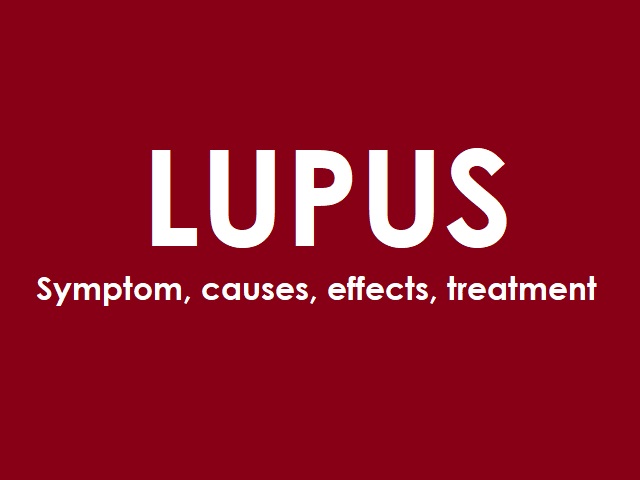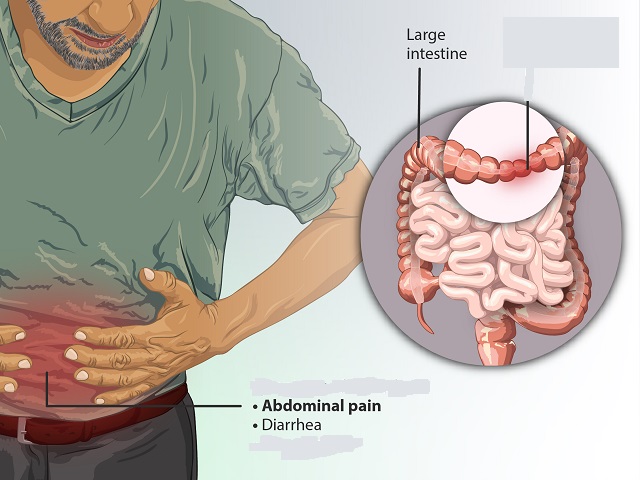6 Signs You May Have Conjunctivitis -- Symptoms, Causes, Effects, Treatment and Prevention
Conjunctivitis, also known as pink eye, is an inflammation of the conjunctiva, the thin, transparent layer of tissue that covers the white part of the eye and lines the inner surface of the eyelids. Conjunctivitis is a common eye condition characterized by redness, itching, and discharge in one or both eyes. It can be caused by various factors, including infections, allergies, or irritants. Here is an explanation of conjunctivitis, along with its symptoms, diagnosis, causes, effects, treatment, and prevention:
Symptoms of Conjunctivitis:
The signs and symptoms of conjunctivitis may vary depending on the cause, but common symptoms include:
- Redness in the white part of the eye and inner eyelid
- Itching or irritation in the affected eye(s)
- Watery or thick discharge from the eye(s)
- Gritty or sandy sensation in the eye(s)
- Sensitivity to light
- Crusting or sticking of eyelids, especially in the morning
Diagnosis of Conjunctivitis:
Conjunctivitis is typically diagnosed through a combination of medical history, physical examination, and clinical presentation. The healthcare provider may perform the following:
- Evaluation of symptoms and medical history
- Visual examination of the eye(s) and eyelids
- Collection of eye discharge or swab for laboratory analysis in certain cases
Causes of Conjunctivitis:
Conjunctivitis can have various causes, including:
- Bacterial infection: Caused by bacteria, such as Staphylococcus aureus or Streptococcus pneumoniae.
- Viral infection: Caused by viruses, such as adenovirus or herpes simplex virus.
- Allergic reaction: Triggered by allergens, such as pollen, dust mites, or pet dander.
- Irritants: Exposure to irritants like smoke, chemicals, or foreign objects.
Effects of Conjunctivitis:
The effects of conjunctivitis can include:
- Temporary blurred vision due to discharge or excessive tearing.
- Discomfort or irritation that may interfere with daily activities.
- Potential spread of the infection to others through direct or indirect contact.
Treatment and Prevention of Conjunctivitis:
Treatment of conjunctivitis depends on the underlying cause:
- Bacterial conjunctivitis: Antibiotic eye drops or ointments prescribed by a healthcare provider.
- Viral conjunctivitis: Typically resolves on its own within a week or two. Symptomatic relief can be provided with lubricating eye drops and warm compresses.
- Allergic conjunctivitis: Avoidance of allergens, along with antihistamine eye drops or oral medications prescribed by a healthcare provider.
- Irritant conjunctivitis: Rinse the eyes with clean water or saline solution and avoid further exposure to the irritant.
Prevention measures for conjunctivitis include:
- Practicing good hand hygiene, especially after touching the eyes or face.
- Avoiding direct contact with individuals who have conjunctivitis.
- Not sharing personal items, such as towels, pillowcases, or eye makeup.
- Taking precautions in public settings, such as swimming pools or gyms, to avoid exposure to potential irritants or infectious agents.
If you suspect you have conjunctivitis, it is advisable to consult with an eye care professional for an accurate diagnosis and appropriate treatment.
References:
American Academy of Ophthalmology. (2020). Conjunctivitis (Pink Eye). Retrieved from https://www.aao.org/eye-health/diseases/pink-eye-conjunctivitis
Mayo Clinic. (2021). Conjunctivitis (Pink Eye). Retrieved from https://www.mayoclinic.org/diseases-conditions/pink-eye/symptoms-causes/syc-20376355














